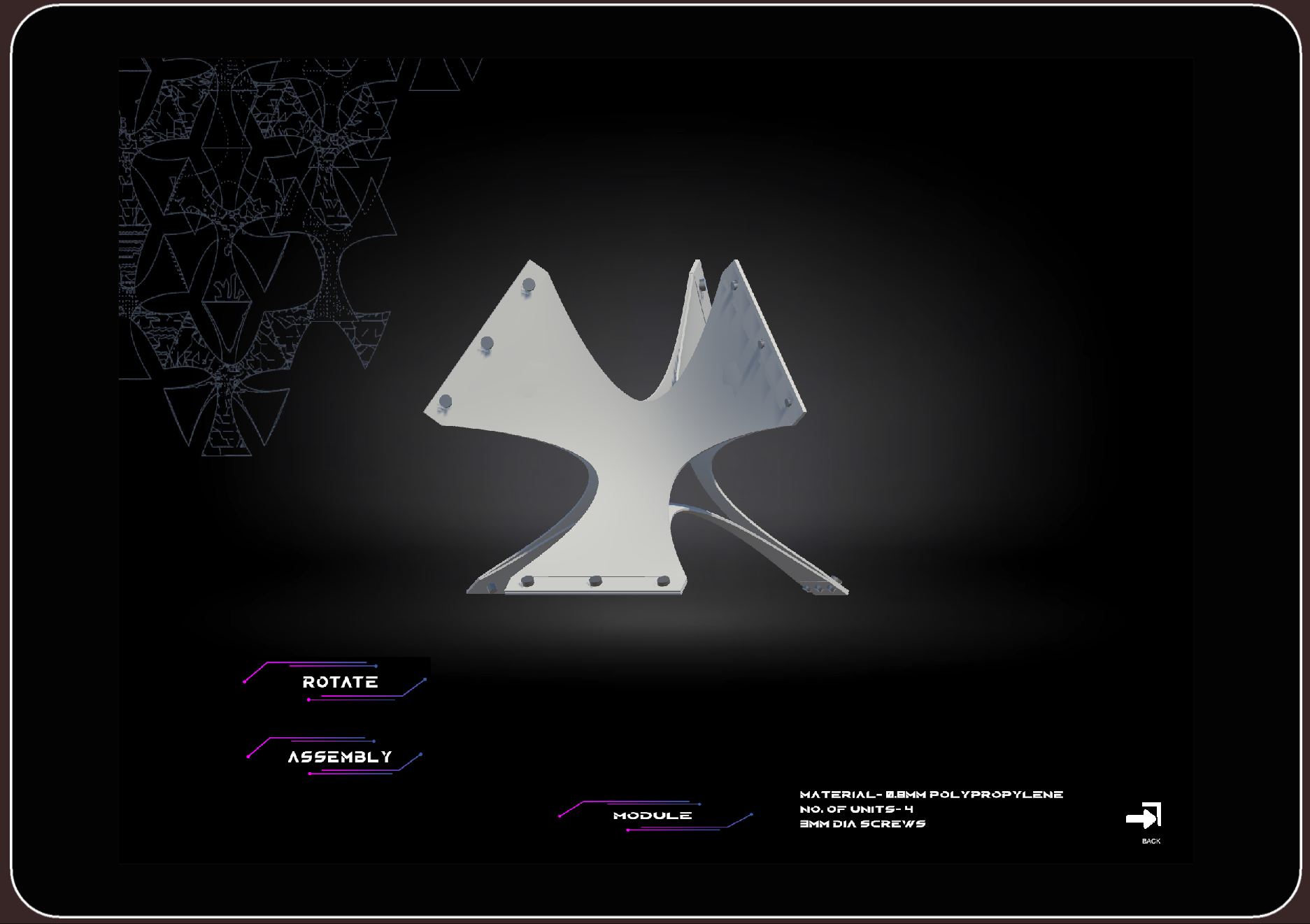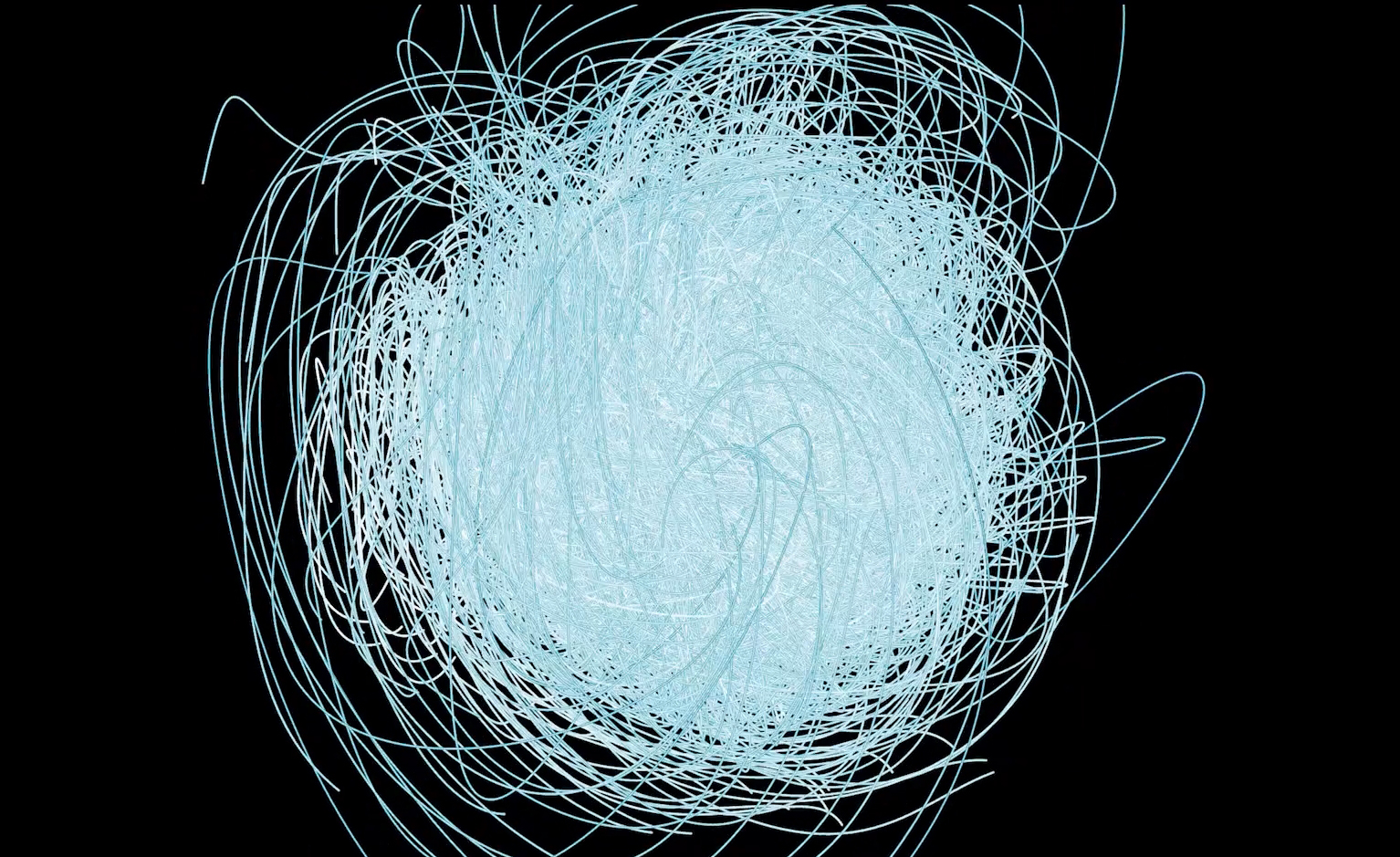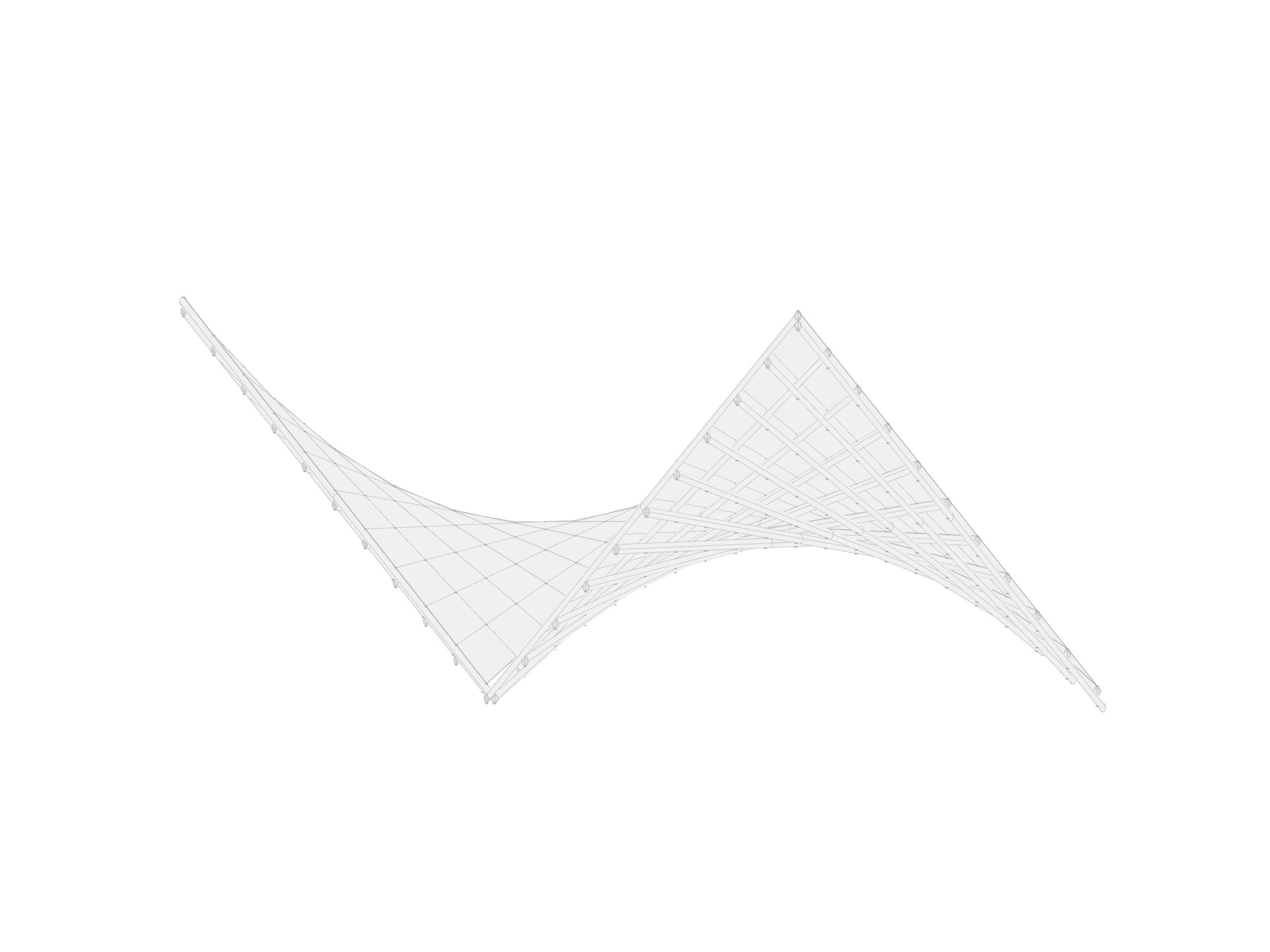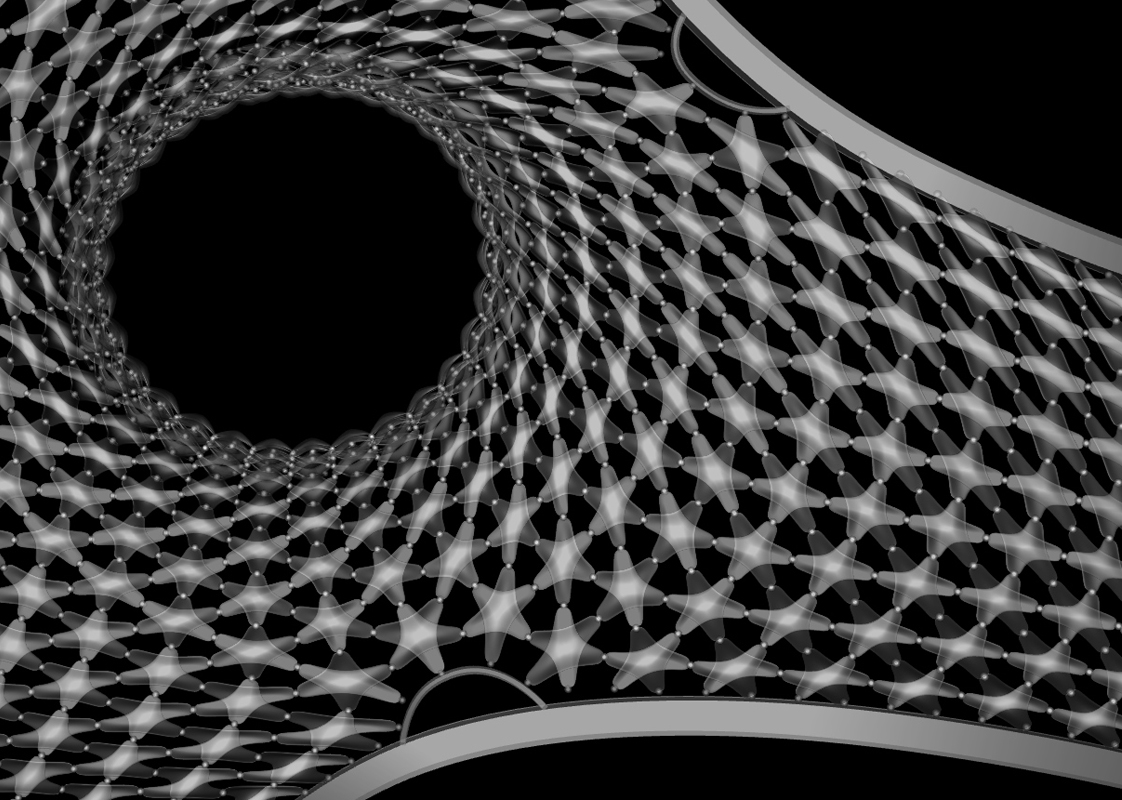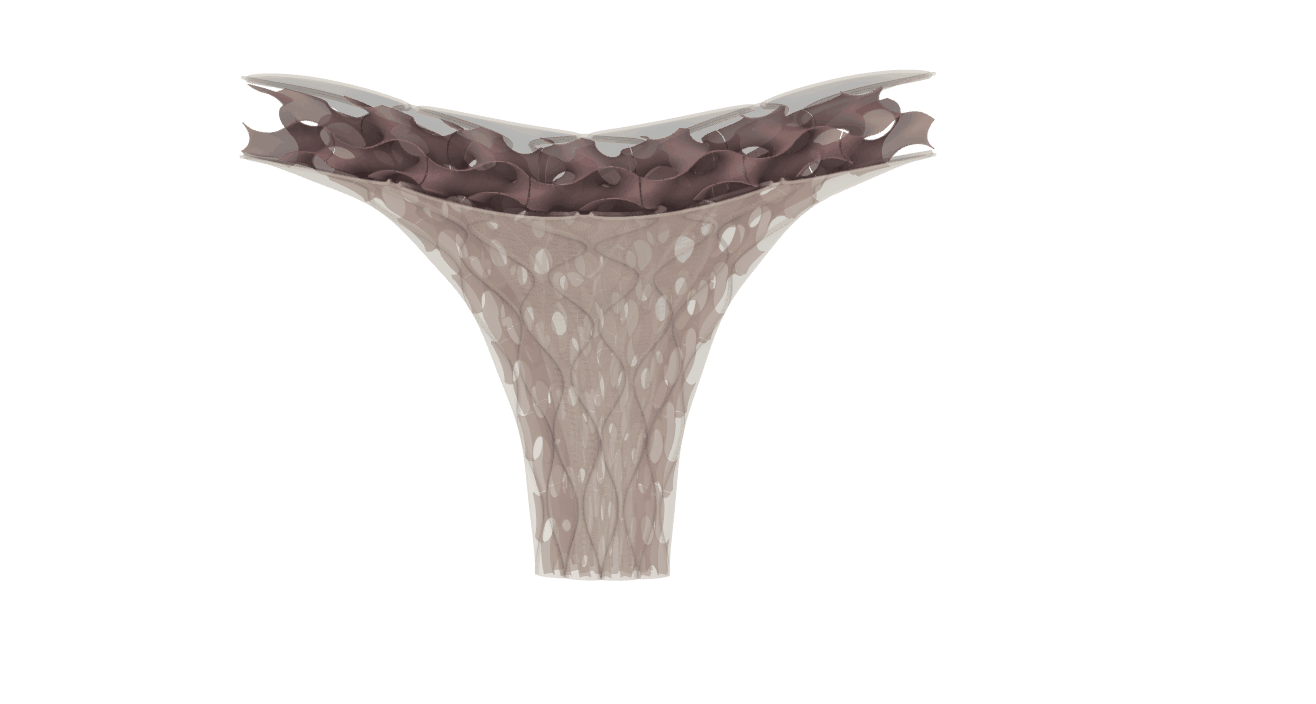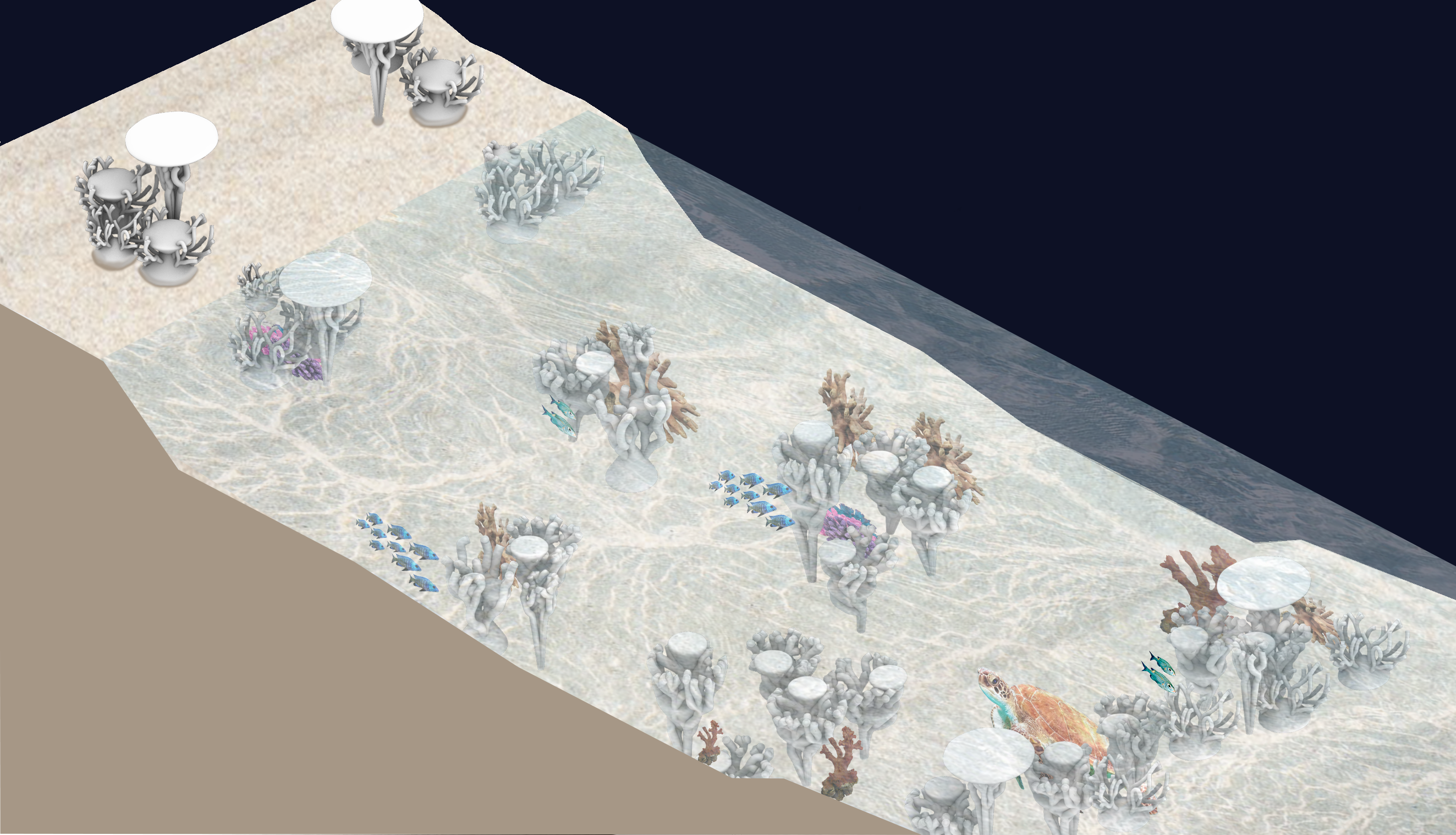Genetic Optimization
Project Manifesto The project explores three main topics that represent a global concern within the present times: growing population, climate crisis and food production. Following these concepts, the main intervention is based on designing a city of the future, located in the actual site of Copenhagen’s North Harbor. In the past 10 years, the population … Read more




